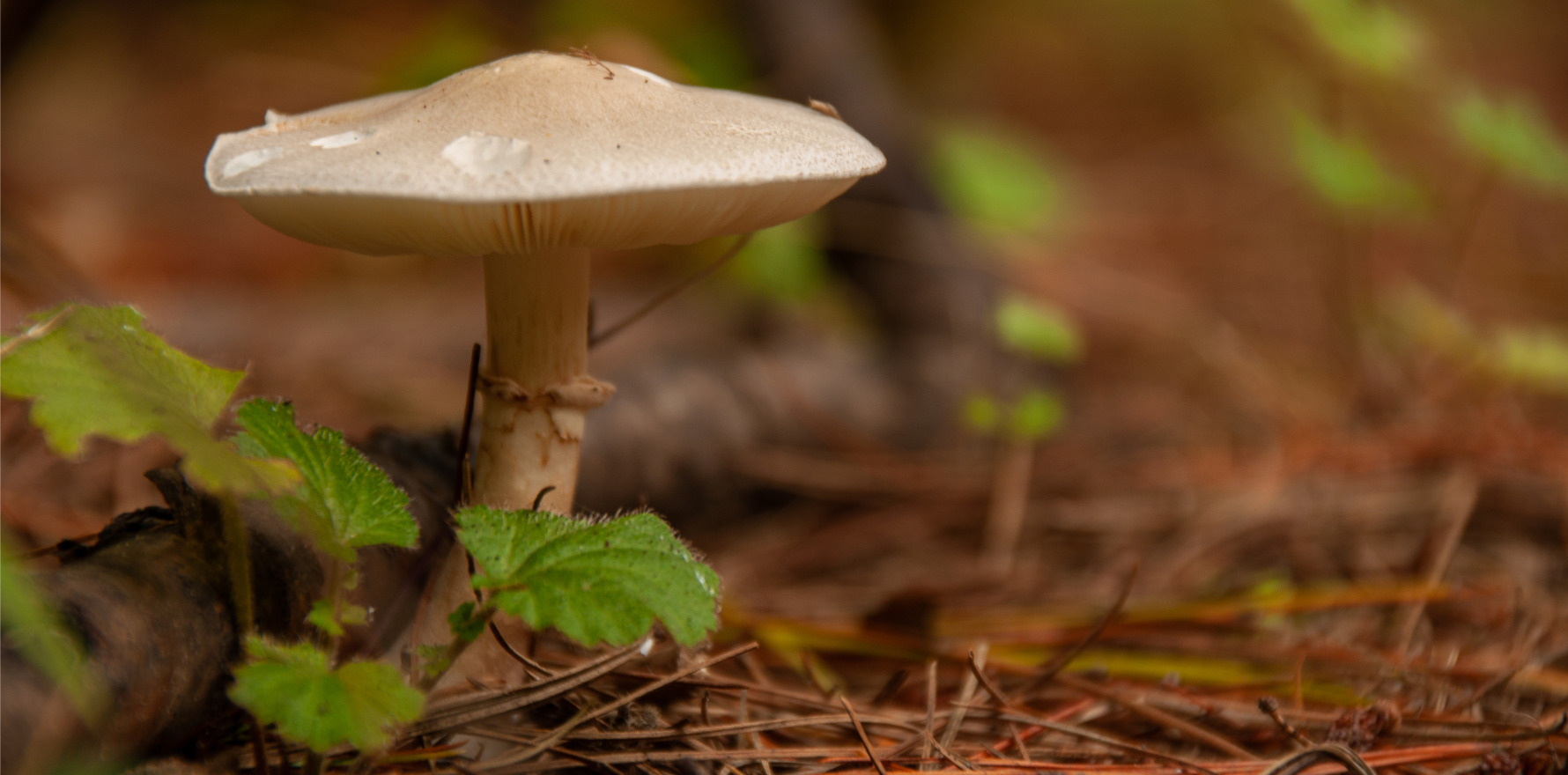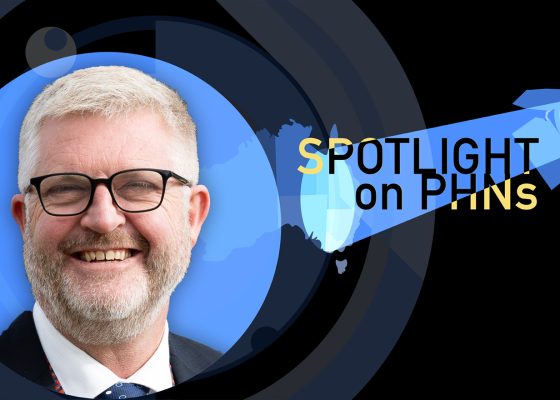The move comes after the discovery of highly toxic death cap mushrooms in NSW and South Australia.
South Australia and NSW officials have issued public health warnings about eating wild mushrooms following the discovery of death cap mushrooms in parts of the states.
The deadly mushrooms have been at the forefront of a much-publicised court case currently underway in Victoria.
Erin Patterson, 50, is accused of murdering her estranged husband’s parents, Don and Gail Patterson, both 70, along with Gail’s sister Heather Wilkinson, 66.
She also stands accused of attempting to murder Heather’s husband Ian Wilkinson with a beef wellington allegedly laced with lethal death cap mushrooms.
The case this week entered its second month. Ms Patterson has pleaded not guilty to the three counts of murder and one count of attempted murder.
NSW Health today warned the community about the health risks of eating wild mushrooms as poisonous Amanita phalloides, commonly known as death cap mushrooms, have been recently detected growing in Sydney, the Southern Highlands and Southern NSW.
NSW Poisons Information Centre’s senior specialist, Genevieve Adamo, said death cap mushrooms could be deadly if eaten.
“Symptoms of mushroom poisoning can sometimes be delayed, but early treatment is vital to health outcomes,” she said.
“These include vomiting and diarrhoea and, in severe cases, liver and kidney damage or death.”
Professor Brett Summerell, chief scientist at the Botanic Gardens of Sydney, warned that identifying whether a wild mushroom was safe to eat was extremely difficult.
Related
“There is no easy or reliable way to identify if a wild mushroom is edible or poisonous, so we advise people against foraging for, and eating, wild mushrooms,” Professor Summerell said.
“Cooking poisonous mushrooms does not make them safe to eat. You should only eat mushrooms you buy from a reputable grocery store, supermarket or produce market.”
In 2024, there were 23 hospitalisations in NSW for the toxic effect of ingested mushrooms, two of these in children aged under five years. In the same year, the NSW Poisons Information Centre responded to 363 calls regarding exposures to wild mushrooms in NSW and ACT, an increase of 26% compared to 2023.
So far this year (to 31 May 2025), there have been 190 calls to the NSW Poisons Information Centre.
Ms Adamo also urged parents to watch their children when they were playing outside, especially around large trees in parks or home gardens where mushrooms may grow.
“As young children have a tendency to put things in their mouths, they can be at risk,” said Ms Adamo.
“Remove any mushrooms that may grow to keep your children safe.”
NSW Health and local councils have been conducting ongoing surveillance for death cap mushrooms for the last two years following an initial detection in Southern NSW.
South Australia’s chief public health officer, Professor Nicola Spurrier, agreed there was no reliable way of telling if a wild mushroom is safe to eat.
“You can’t tell if a mushroom is poisonous by its taste or if an animal has eaten it,” she said.
“I can’t be clearer – don’t eat wild mushrooms. Don’t risk your life or the life of your loved ones – only eat mushrooms from a reliable grower, greengrocer or supermarket. Wild fungi may look beautiful to look at and by all means take a photo, but don’t touch or eat them.
“People born overseas should be aware that these highly toxic mushrooms can look like edible mushrooms that they may have gathered in their home countries.”
Botanic Gardens and State Herbarium of South Australia’s senior botanist-mycologist, Dr Teresa Lebel, said it was a popular pastime for people to go to places like the Adelaide Hills to look for wild mushrooms.
“Mushrooms can also pop up in parks, backyards, forests and along the side of roads. Some of them might even have bright or interesting colours,” she said.
“However, there is no simple, reliable test that shows which ones are safe to eat, and even experts can have difficulty identifying certain species.”
She advised people seeking medical attention after coming into contact with a wild mushroom to take photos of it and record the general location it was found in.
“Try to take one of the mushrooms with you so experts can identify the species to determine the most appropriate treatment,” Dr Lebel said.
Victoria’s chief health officer Dr Christian McGrath last month issued a public health advisory warning about poisonous mushrooms including the death cap and yellow-staining mushrooms, appearing in Victoria as the weather became wetter and cooler.




